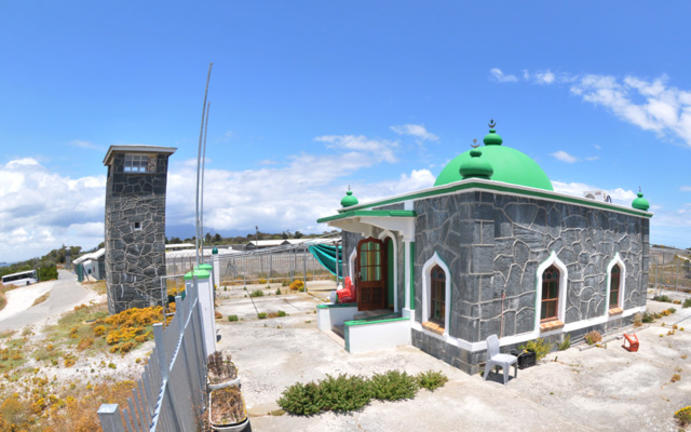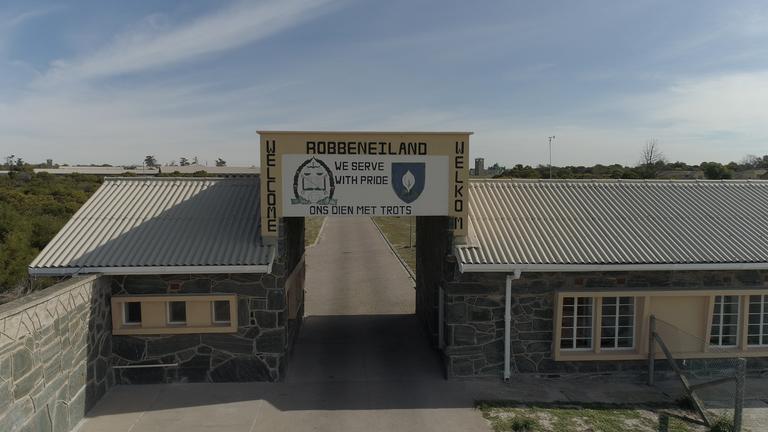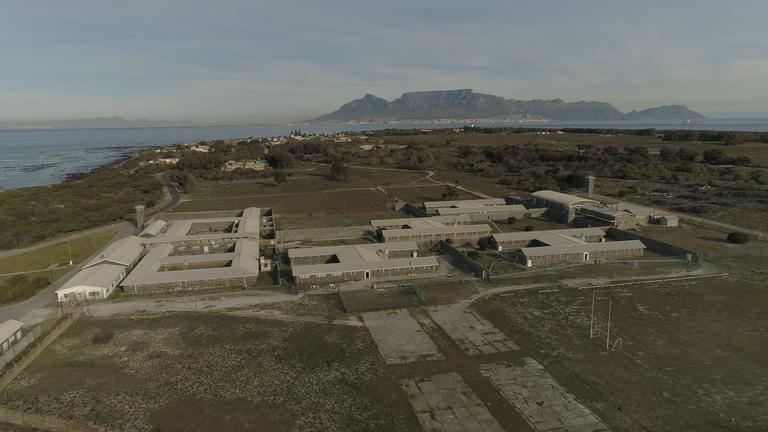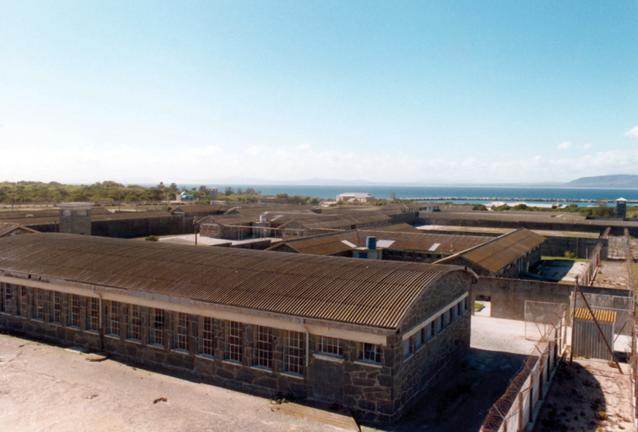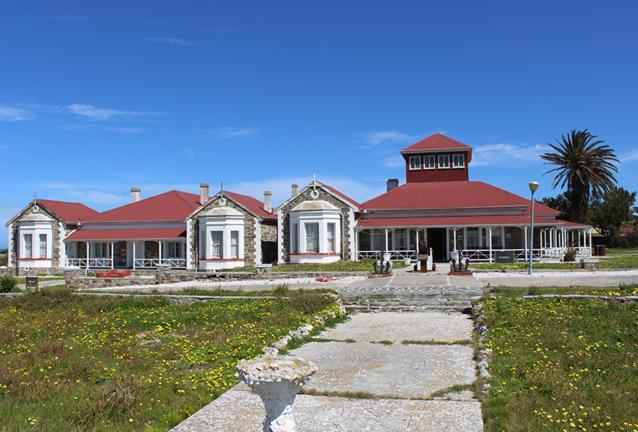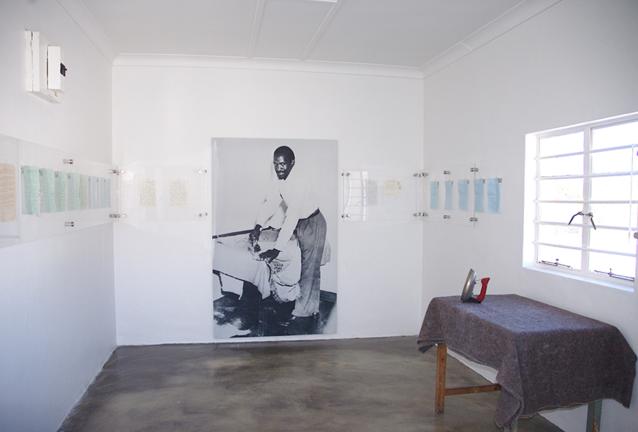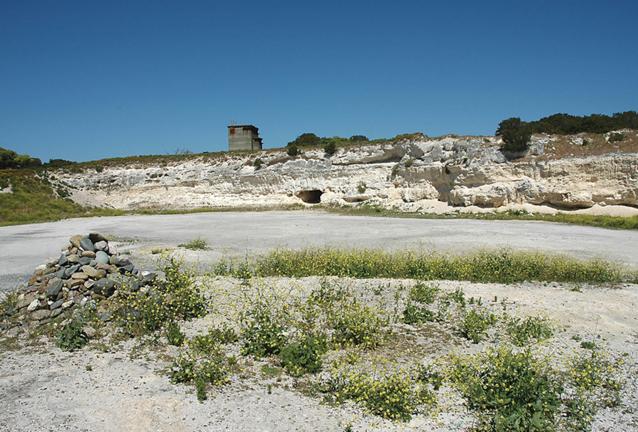For nearly 400 years, Robben Island, had a varied history, but 6.9 kilometres out from Cape Town it began and ended as a political prison. Frequent poor weather, fog, strong currents and the high waves of the Atlantic Ocean, as well as the flatness of the island made it a shipping hazard, sinking vessels in shallow waters around its shores. The dangerous location made it perfect for the various uses to which it has been put since the 17th Century. It was a leper colony, a whaling station, an animal quarantine station, and in World War II an armed military base for Cape Town’s defence.
Remains of this turbulent past include the 17th century quarries, the Moturu Kramat, the burial place of the Prince of Madura, one of Cape Town's first imams, the remains of the 19th century ‘village’ administrative buildings including a chapel and parsonage, a small lighthouse, derelict World War II military structures, and the maximum security prison of the Apartheid era.
There is no record of anyone swimming to freedom, yet despite the Great White sharks patrolling the icy waters it is possible. Today, Robben Island is a starting point for many long-distance event swimmers.
The most famous modern-day political prisoner was activist Nelson Mandela, imprisoned there for 18 of the 27 years he was imprisoned during apartheid. He was later awarded the Nobel Prize for Peace and was elected in 1994 as the first democratic President of South Africa. He served one term as President.
The maximum-security prison closed in 1991 and the medium security prison five years later.
Now a living museum, a South African National Heritage Site, it is also a UNESCO World Heritage Site. One of the most poignant memorials on the island is the Rock Pile. It was started by Nelson Mandela and added to—one rock at a time—by former prisoners returning to the island to visit.
Every year thousands of tourists visit the island. Many of the guides are former prisoners. Robben Island is also one of South Africa’s most important breeding localities for 8 500 breeding pairs of African Penguins, the world’s second largest colony of this vulnerable species.
